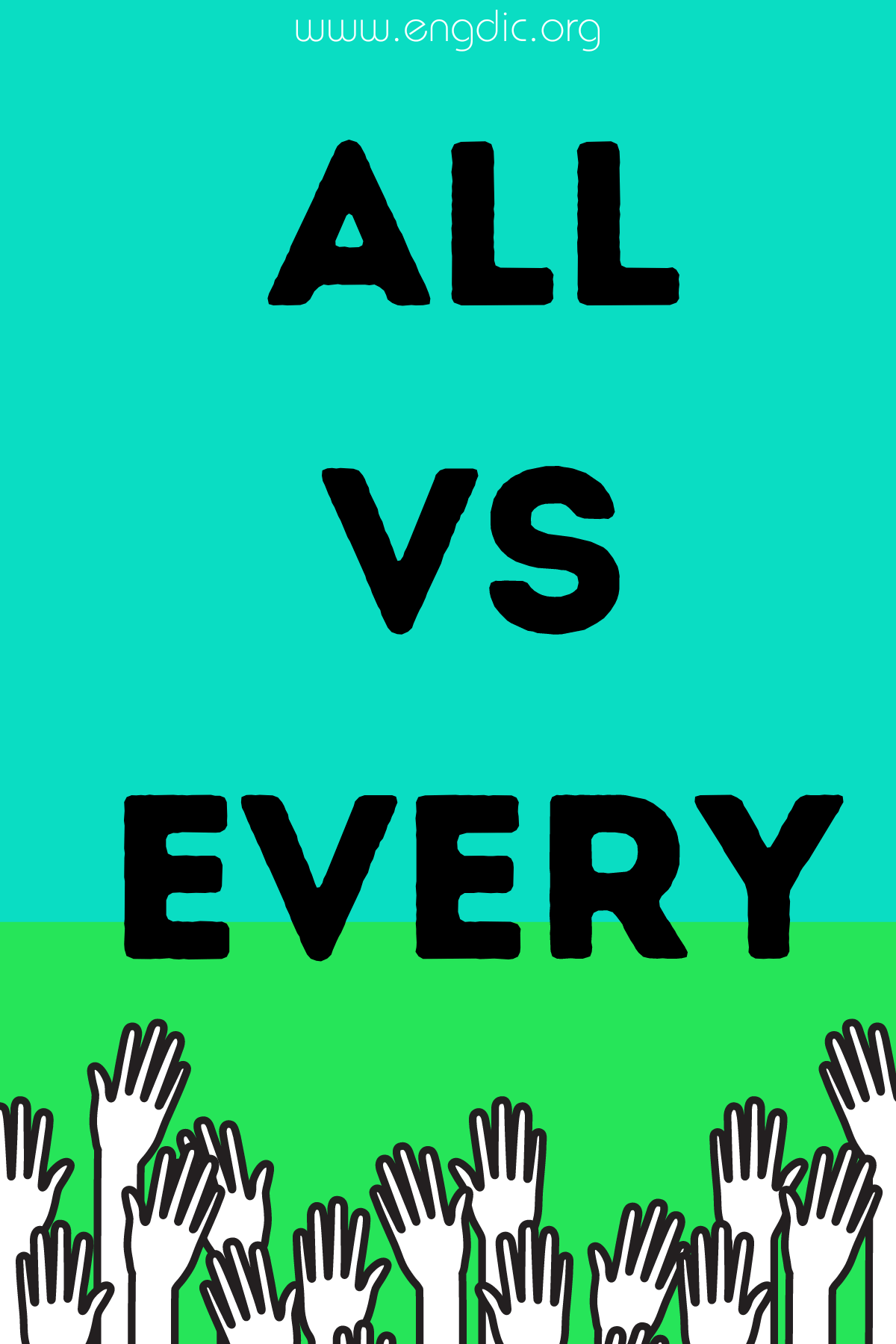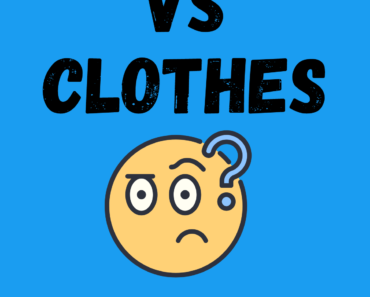When distinguishing between “all” and “every,” it’s crucial to understand their subtle differences which affect how they are used.
“All” refers to a group as a whole, emphasizing the entire category or collection without exclusion. In contrast, “every” is used to emphasize individual members within a group, usually in situations where the group’s components are considered one at a time.
This distinction often affects not only the formality of expression but also the specificity with which speakers or writers refer to parts of a whole.
All
Definition: “All” is used to refer to the entirety of a specific group, category, or quantity. It emphasizes totality and inclusion of every part or individual within the group.
Usage and Examples:
- Totality: “All” is used when referring to the total number of items, people, or amount in a group.
- Example: “All the cookies in the jar are gone.”
- Inclusivity: It includes every member without exception.
- Example: “All students must submit their assignments by Friday.”
- With uncountable nouns: It’s often used with uncountable nouns to denote the complete extent.
- Example: “All advice is appreciated during this time.”
Every
Definition: “Every” refers to each individual member of a group, treated separately though part of a collective. It highlights the individual aspects or occurrences more than the collective whole.
Usage and Examples:
- Individual emphasis: “Every” is used when the focus is on individual elements within a group.
- Example: “Every student in the class needs to pass the final exam.”
- Regular occurrences: It can denote regularity or recurrence among individual cases.
- Example: “Every morning, he goes for a run.”
- With singular nouns: “Every” is always paired with singular nouns and singular verbs.
- Example: “Every apple in this basket is ripe.”







